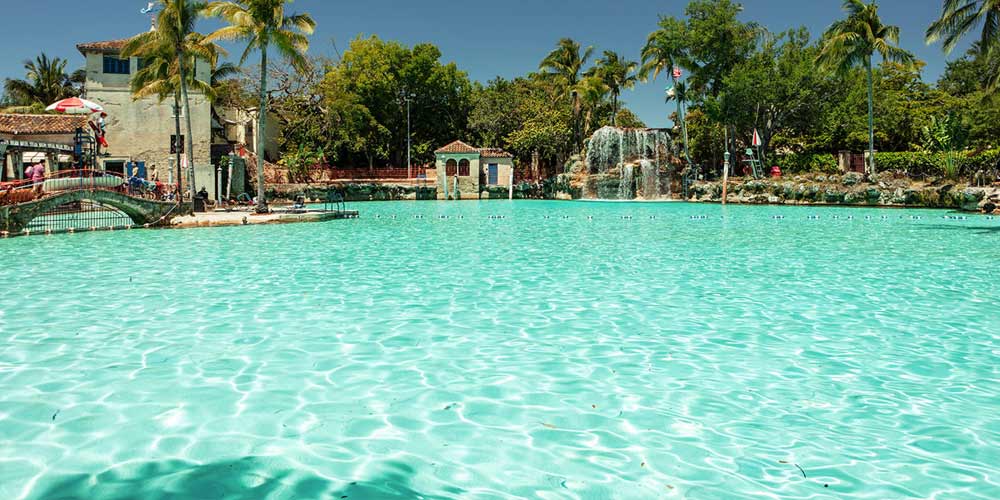Chlorine amuduro, ti a mọ ni cyanuric acid tabi CYA, jẹ kemikali kemikali ti a fi kun si awọn adagun omi lati dabobo chlorine lati awọn ipa ti o bajẹ ti ultraviolet (UV) imọlẹ orun. Awọn egungun UV lati oorun le fọ awọn ohun elo chlorine lulẹ ninu omi, dinku agbara rẹ lati sọ di mimọ ati disinfect pool. Cyanuric acid ṣe bi apata lodi si awọn egungun UV wọnyi, ṣe iranlọwọ lati ṣetọju ipele iduroṣinṣin ti chlorine ọfẹ ninu omi adagun.
Ni pataki, cyanuric acid ṣiṣẹ bi imuduro chlorine nipa idilọwọ itusilẹ ti chlorine nitori ifihan ti oorun. O ṣe idena aabo ni ayika awọn ohun elo chlorine, gbigba wọn laaye lati duro ninu omi fun igba pipẹ. Eyi ṣe pataki ni pataki ni awọn adagun ita gbangba ti o farahan si imọlẹ oorun taara, nitori wọn ni ifaragba si pipadanu chlorine.
O ṣe pataki lati ṣe akiyesi pe lakoko ti cyanuric acid ṣe alekun iduroṣinṣin ti chlorine, ko ṣe alabapin si imototo tabi awọn ohun-ini disinfecting ti omi funrararẹ. Chlorine si maa wa ni alakokoro akọkọ, ati pe cyanuric acid ṣe afikun imunadoko rẹ nipa idilọwọ ibajẹ ti tọjọ.
Awọn niyanjucyanuric acidawọn ipele inu adagun-odo kan yatọ si da lori awọn okunfa bii iru chlorine ti a lo, oju-ọjọ, ati ifihan adagun-omi si imọlẹ oorun. Bibẹẹkọ, awọn ipele cyanuric acid ti o pọ ju le ja si ipo ti a mọ si “titiipa chlorine,” nibiti chlorine ti n ṣiṣẹ diẹ sii ti ko si munadoko. Nitorinaa, mimu iwọntunwọnsi ti o tọ laarin cyanuric acid ati chlorine ọfẹ jẹ pataki fun didara omi adagun omi aipe.
Awọn oniwun adagun omi ati awọn oniṣẹ yẹ ki o ṣe idanwo nigbagbogbo ati ṣe atẹle awọn ipele cyanuric acid, ṣatunṣe wọn bi o ṣe nilo lati rii daju agbegbe odo ni ilera ati ailewu. Awọn ohun elo idanwo wa ni ibigbogbo fun idi eyi, gbigba awọn olumulo laaye lati wiwọn ifọkansi acid cyanuric ninu omi ati ṣe awọn ipinnu alaye nipa afikun ti amuduro tabi awọn kemikali adagun omi miiran.
Akoko ifiweranṣẹ: Kínní-27-2024


